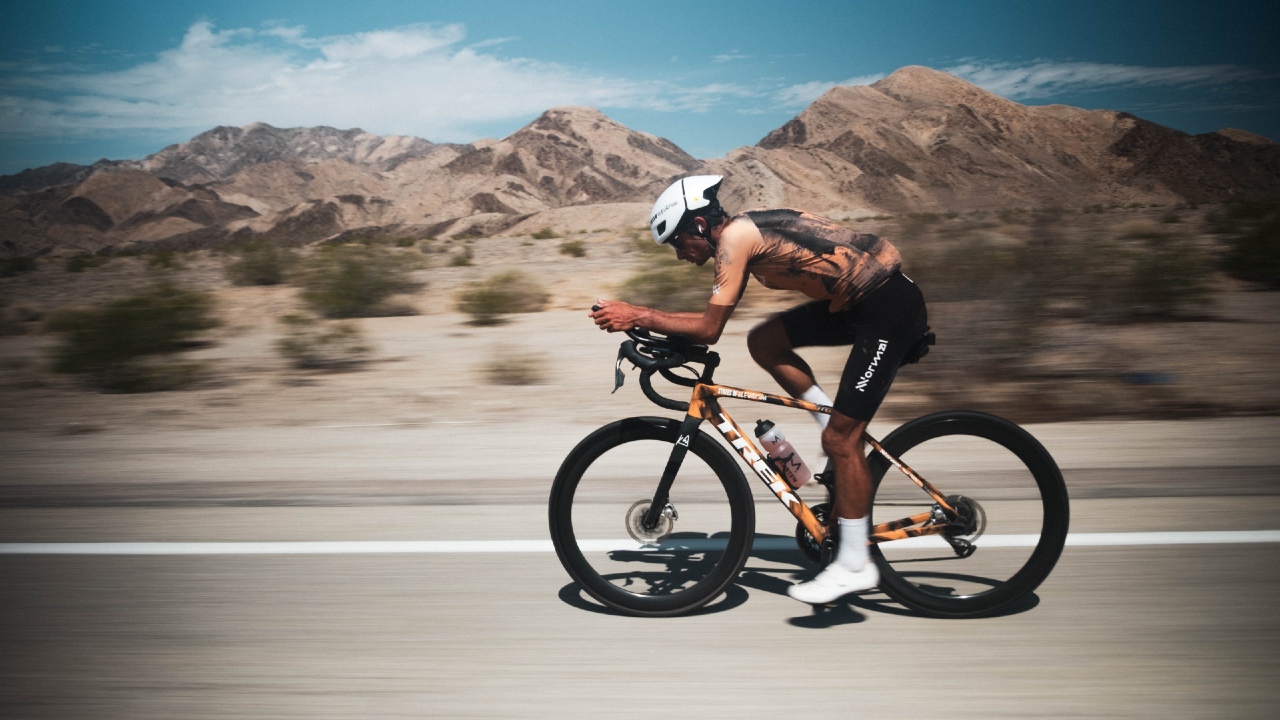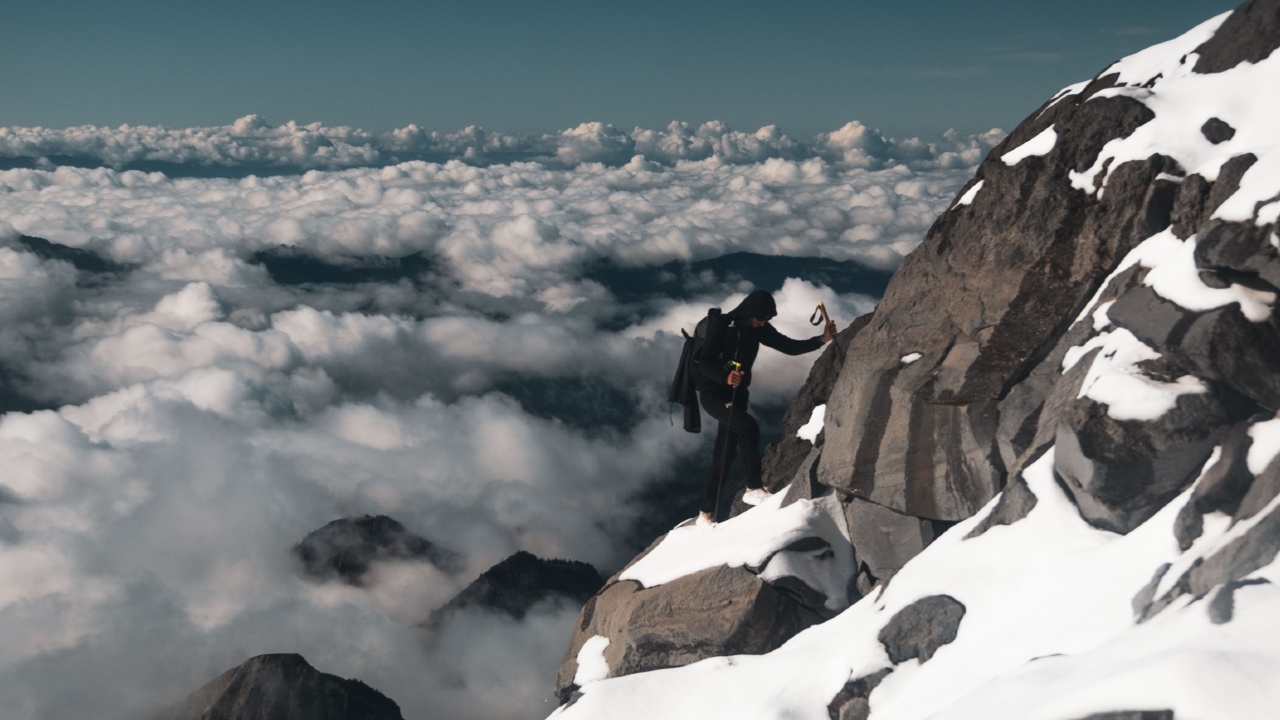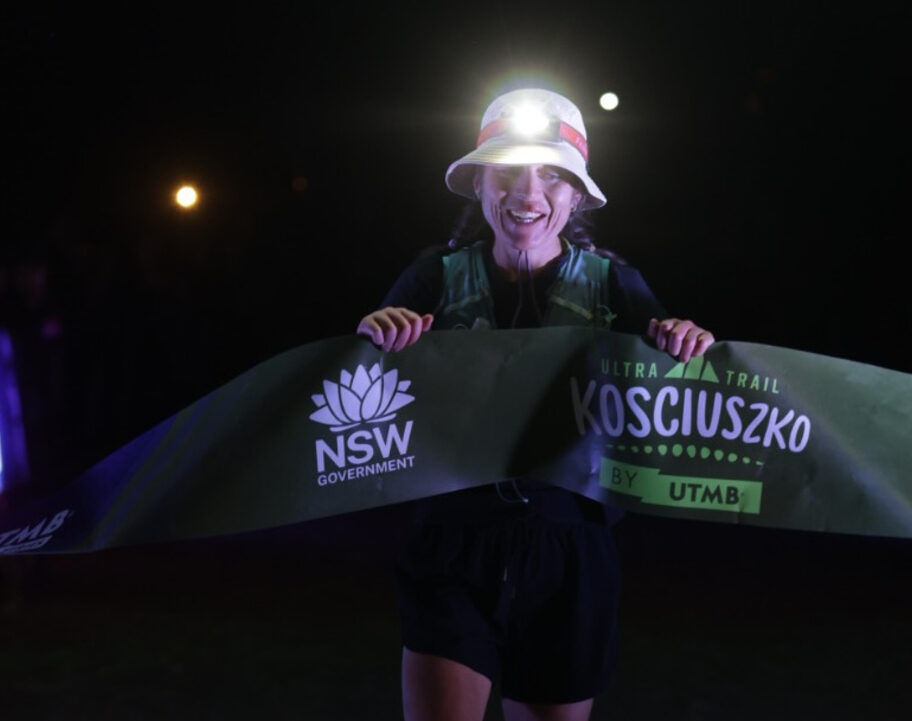The endurance legend that is Kilian Jornet has told RUN247 that he wondered whether his incredible ‘States of Elevation’ project “would be impossible”.
Early on we highlighted how his COROS data – especially resting heart rate, heart rate variability and recovery score – underlined the scale of the task facing him.
The aim was to connect the 14,000-foot peaks across three states in America: the Rockies of Colorado, the Sierras of California and the Cascades in Washington. Together, they form a sacred high-altitude corridor, hence Kilian’s ‘States of Elevation’.
No fewer than 56 of the 72 14ers were in Colorado, so no wonder that first state pushed him right to the limit.
But last weekend saw him complete the journey – in one of the great mountain endurance achievements of all time – and the numbers and scale are simply staggering.
Epic achievement
In a nutshell he summitted 72 fourteeners in 31 days, linked only by running and riding and the top-line figures were:
Total distance – 5145.05km (3197 miles)
Total time – 488:52:07
Total elevation – 123,045m (403,690ft)
Run distance – 1011.62 km (628 miles)
Run time – 285:16:57
Run elevation – 81,620m (267,782ft)
Cycle distance – 4133.42 km (2568 miles)
Cycle time – 203:35:10
Cycle elevation – 41,425m (135,908ft)
14ers summitted – 72
And in terms of the key metrics from his COROS watch, bike computer and HR strap:
Average Sleep – 6 hours 10 minutes (with 5 days of no sleep during project)
Average Recovery Score – 7% (Kilian completed 17 days in a row with a real-time recovery score of 0%!)
HRV (Heart Rate Variability) – Dropped 13ms as an average for the project, from his average of 50ms. Its lowest after the hardest days was 29ms.
RHR (Resting Heart Rate) – Increased by 12 beats to 54bpm as an average for the project due to the strain and cumulative fatigue. (This is still a phenomenally low RHR, but higher due to the effort Kilian was making). Pre project his average was 43 bpm.
For a deeper dive into Kilian’s stats, check out the COROS blog here.
‘I realised I might be able to do it’
And asked by RUN247 afterwards what defined success in this project, he told us: “For me it was finding out if that project that I had in mind and in one map could be possible.
“The first days I thought it would be impossible, but then little by little I got into the flow and advanced well and realised I might be able to do it.”
And thinking about the biggest learnings, he added: “To me it was also enjoying each day, discovering new places, learning and listening to my body.
“I’ve learnt that if you keep you body healthy and with a good balance of food and sleep you can keep going for many days as I’ve done here.”

Yet another FKT
Remarkably, given how late it came in the project, it also seems that Kilian set a FKT (fastest known time) for the Norman’s 13 in California.
He covered the 13 peaks (38,400 feet of vertical gain) and 163.69 km in a total time of 56:11:05, setting a new supported FKT pending official confirmation.
And there were some incredible contrasts in the weather conditions he faced, with a hottest of 39 Degrees Celsius (102 Degrees Fahrenheit) while the coldest was -9 Degrees Celsius (15 Degrees Fahrenheit).

Just to give an indication of some of the technical tests he faced, read this from his Instagram page about his ascent of his final 14er, Mount Rainier in Washington: “October isn’t kind here, and climbers rarely aim for the summit. Crevasses were wide open, recent snow laying thin bridges over blue ice: glacier travel at its most delicate, even more so alone.
“For this reason, he chose Success Cleaver, a remote, 3.3-mile long rock ridge on the southwest side of the mountain that scrambles its way up between the South Tahoma and Kautz glaciers. More than 17 hours out there, 47 km (29 miles) traveled, 4,356 m (14,320 ft) climbed, and at last Rainier let him through.”
Asked what is next, he added: “There are always ideas, but I don’t plan too far ahead!”
For now you can get a flavour of the first part of this latest challenge via the YouTube film below.

![Russ Cook completes his epic run across the entire length of Africa [Photo credit: The Snapshot People Ltd]](https://run247.com/wp-content/uploads/2024/04/Russ-Cook-completes-length-of-Africa-run-2024-912x720.jpg)




